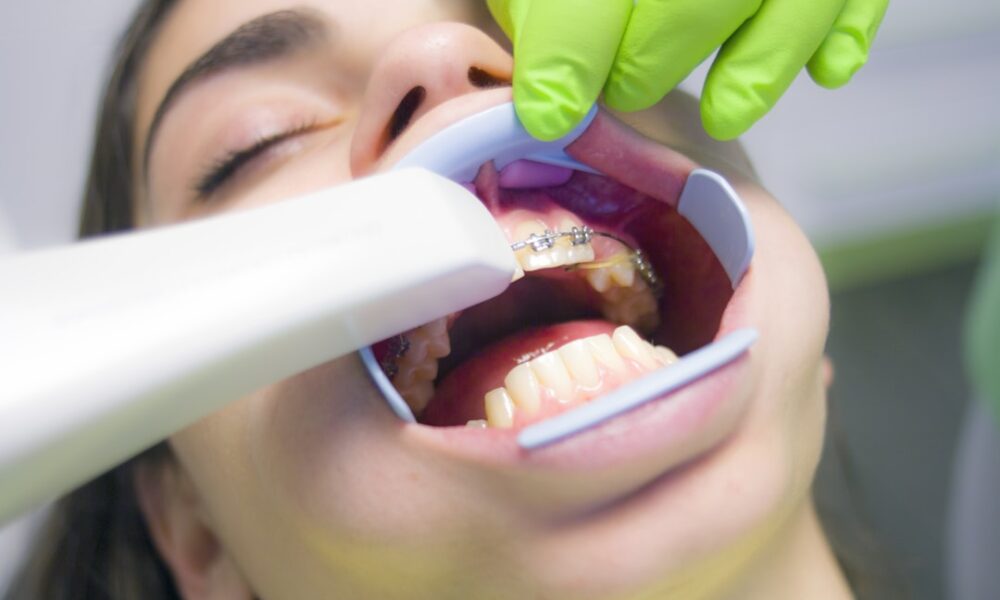Braces aren’t just for achieving a picture-perfect smile; they are a vital part of maintaining oral health and ensuring proper functionality. If you’re experiencing dental discomfort or notice misalignment in your teeth, it could be time to consider braces. While the decision should always be made in consultation with a dental professional, there are some key indicators to watch for. In this article, we’ll delve into several signs that you might need braces, from bite irregularities to difficulties with everyday dental functions.
The Role of Dentist Evaluations and Orthodontic Consultations
Regular dental checkups are the first line of defense in identifying the need for braces. During these visits, dentists assess overall oral health and look for signs of problems that may require orthodontic treatment. If they suspect that braces might be beneficial, they will typically refer you to an orthodontist for further evaluation. It’s a collaborative effort between your general dentist and the orthodontist to ensure the best possible outcomes for your dental health.
Those living in Texas may consider visiting orthodontists in the Woodlands, TX, who are skilled in the latest orthodontic treatments and technology. Whether it’s traditional braces or newer systems like clear aligners, they can guide you toward the most appropriate treatment for your situation. Plus, consultations often involve discussing financial plans and timelines, making the prospect of braces a more manageable undertaking.
Impact of Bite Irregularities
Bite irregularities encompass a range of issues from overbites and underbites to crossbites and open bites. An overbite occurs when the upper teeth protrude significantly over the lower teeth, while an underbite is the opposite. Crossbites and open bites, on the other hand, refer to lateral and vertical misalignments of the biting surfaces, respectively. Such conditions can lead to difficulty in biting and chewing, and in severe cases, may cause speech impediments or jaw growth problems.
Beyond the functional challenges they pose, bite irregularities can strain the jaw muscles and joints. This strain can lead to temporomandibular joint disorder (TMJ), a painful condition affecting the joint that connects your jaw to your skull. If left untreated, TMJ can become a chronic issue with more complex treatment requirements than braces alone. Therefore, addressing bite irregularities early can help prevent more serious health issues.
Identifying Issues With Chewing or Speaking
Noticeable difficulty or discomfort while eating is a significant indication that braces might be in order. When teeth are not properly aligned, it can be challenging to chew food effectively, leading to digestive issues or inadequate nutrition due to limited dietary choices. Some people may find themselves avoiding certain hard or chewy foods because eating them is too uncomfortable or even painful.
Similarly, speech difficulties can stem from misaligned teeth or jaws. A lisp or other articulation problems can occur if the teeth do not meet correctly or if there is excessive space between them. While speech therapy can help in some instances, correcting the underlying dental issues with braces often results in more permanent improvements to speech.
When Dental Crowding Becomes a Concern
Dental crowding is a condition that occurs when there isn’t enough space in the jaw for all of the teeth. This leads to overlapping, rotating, or shifting teeth, and in some cases, teeth may even become impacted. Crowding is not only a cosmetic concern but can also make it difficult to keep teeth clean, increasing the risk of periodontal disease and cavities. As teeth overlap, the usual methods of cleaning, such as brushing and flossing, may not reach all surfaces effectively.
In children, crowding can be addressed early through orthodontic interventions as it may become more problematic as they grow. In adults, unaddressed crowding can worsen over time, potentially necessitating more complex orthodontic treatments. Braces, or in some cases, the removal of certain teeth, can alleviate crowding and help to create a healthier, more functional bite.
Altogether, recognizing the need for braces is crucial for maintaining oral health and ensuring a functional, beautiful smile. If you’re experiencing any of the signs discussed above, don’t hesitate to reach out to your dentist for an evaluation. Early intervention with braces can prevent a multitude of dental issues and pave the way for an improved quality of life and self-confidence.
